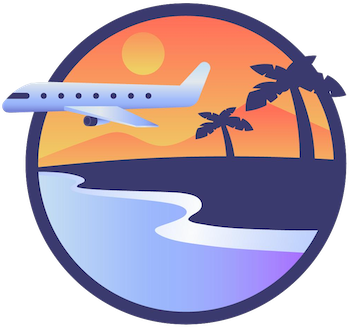The U.S. passenger airline industry has experienced rapid growth in terms of job creation since 2021, with nearly 194,000 jobs added by various companies. However, this hiring spree is now coming to a slowdown as airlines are reaching their staffing needs. The reasons behind this deceleration in hiring are multifaceted. The industry is currently grappling with a number of challenges that are impacting its growth prospects.
One of the key challenges faced by U.S. passenger airlines is the financial strain caused by a glut of flights which has led to a decrease in fares and subsequently eaten into the airlines’ profits. The demand growth has also started to moderate, leading to a less favorable operating environment. In addition, delays in airplane deliveries from manufacturers like Boeing and Airbus have forced airlines to reassess their expansion plans. Furthermore, there is a shortage of engines in the market, prompting some carriers to defer airplane deliveries altogether. The rising labor costs, following the signing of new contracts with groups like pilots and mechanics, have further added to the financial burden faced by airlines.
Costs at U.S. carriers have witnessed a significant increase since 2019, with double-digit percentage hikes seen across the board. Excluding fuel and net interest expenses, costs are expected to be up by about 20% at American Airlines this year and around 28% higher at both United Airlines and Delta Air Lines. Low-cost airlines like Southwest Airlines, JetBlue Airways, and Spirit Airlines are anticipated to see even higher cost increases, with estimates ranging from 32% to nearly 39% over the same period.
The recent U.S. jobs report has indicated that air transportation employment remained stagnant from July to August. However, there have been instances of pullbacks in the industry. Spirit Airlines, for example, had to furlough 186 pilots due to rising losses attributed to various factors. Other airlines like Frontier Airlines and Southwest Airlines have implemented measures to ease hiring or reduce costs. Frontier Airlines plans to offer voluntary leaves of absence, while Southwest Airlines expects to end the year with 2,000 fewer employees compared to the previous year.
Looking ahead, United Airlines has announced a reduction in its hiring plans for this year. The airline, which faced delays in pilot hiring earlier in the year, plans to add 10,000 people in total, down from 15,000 in the previous years. United Airlines’ pilot recruitment targets have also been revised downwards, with plans to hire 1,600 pilots as opposed to over 2,300 in the previous year. This marks a departure from the trend in earlier years when airlines faced challenges in hiring employees fast enough.
Despite the current challenges faced by the U.S. passenger airline industry, there remains optimism about the future. Demand for air travel is expected to rebound, albeit at a slower pace than before. Companies continue to attract new pilots through training programs and incentives, indicating a long-term commitment to the industry. While the industry faces hurdles in terms of costs, labor shortages, and competitive pressures, the resilience and adaptability of U.S. passenger airlines have historically enabled them to navigate through challenging times and emerge stronger.

